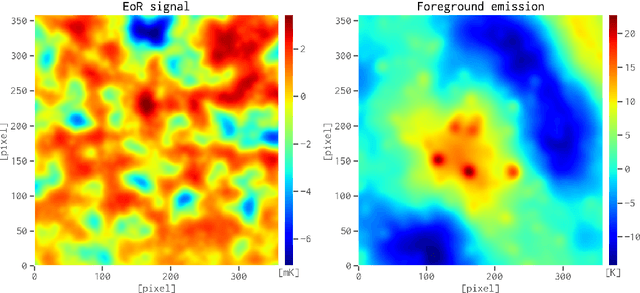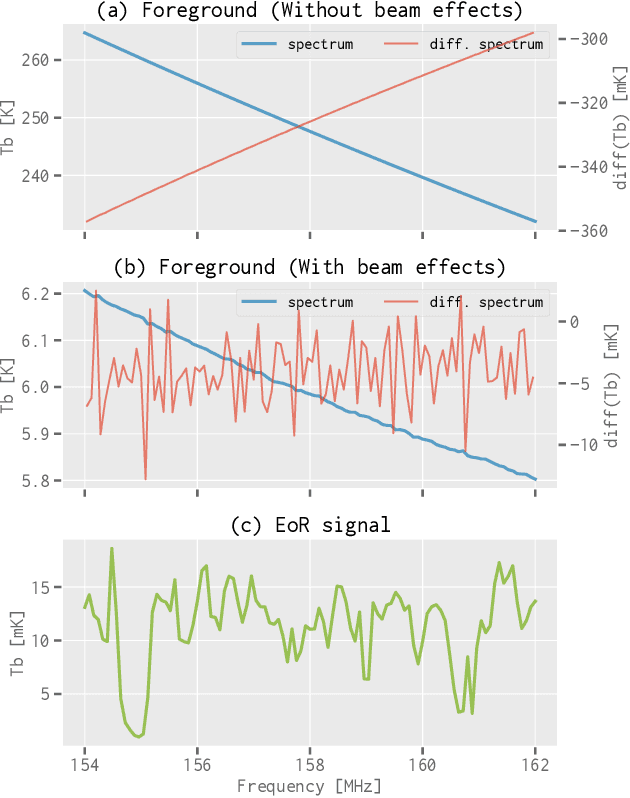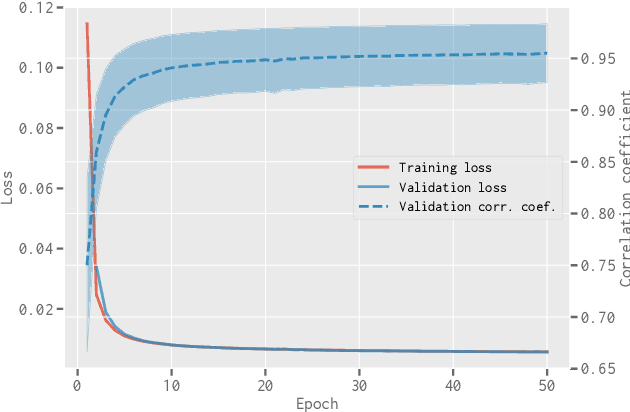Dan Hu
SUGAR: Spherical Ultrafast Graph Attention Framework for Cortical Surface Registration
Jul 02, 2023



Abstract:Cortical surface registration plays a crucial role in aligning cortical functional and anatomical features across individuals. However, conventional registration algorithms are computationally inefficient. Recently, learning-based registration algorithms have emerged as a promising solution, significantly improving processing efficiency. Nonetheless, there remains a gap in the development of a learning-based method that exceeds the state-of-the-art conventional methods simultaneously in computational efficiency, registration accuracy, and distortion control, despite the theoretically greater representational capabilities of deep learning approaches. To address the challenge, we present SUGAR, a unified unsupervised deep-learning framework for both rigid and non-rigid registration. SUGAR incorporates a U-Net-based spherical graph attention network and leverages the Euler angle representation for deformation. In addition to the similarity loss, we introduce fold and multiple distortion losses, to preserve topology and minimize various types of distortions. Furthermore, we propose a data augmentation strategy specifically tailored for spherical surface registration, enhancing the registration performance. Through extensive evaluation involving over 10,000 scans from 7 diverse datasets, we showed that our framework exhibits comparable or superior registration performance in accuracy, distortion, and test-retest reliability compared to conventional and learning-based methods. Additionally, SUGAR achieves remarkable sub-second processing times, offering a notable speed-up of approximately 12,000 times in registering 9,000 subjects from the UK Biobank dataset in just 32 minutes. This combination of high registration performance and accelerated processing time may greatly benefit large-scale neuroimaging studies.
Separating the EoR Signal with a Convolutional Denoising Autoencoder: A Deep-learning-based Method
Mar 14, 2019



Abstract:When applying the foreground removal methods to uncover the faint cosmological signal from the epoch of reionization (EoR), the foreground spectra are assumed to be smooth. However, this assumption can be seriously violated in practice since the unresolved or mis-subtracted foreground sources, which are further complicated by the frequency-dependent beam effects of interferometers, will generate significant fluctuations along the frequency dimension. To address this issue, we propose a novel deep-learning-based method that uses a 9-layer convolutional denoising autoencoder (CDAE) to separate the EoR signal. After being trained on the SKA images simulated with realistic beam effects, the CDAE achieves excellent performance as the mean correlation coefficient ($\bar{\rho}$) between the reconstructed and input EoR signals reaches $0.929 \pm 0.045$. In comparison, the two representative traditional methods, namely the polynomial fitting method and the continuous wavelet transform method, both have difficulties in modelling and removing the foreground emission complicated with the beam effects, yielding only $\bar{\rho}_{\text{poly}} = 0.296 \pm 0.121$ and $\bar{\rho}_{\text{cwt}} = 0.198 \pm 0.160$, respectively. We conclude that, by hierarchically learning sophisticated features through multiple convolutional layers, the CDAE is a powerful tool that can be used to overcome the complicated beam effects and accurately separate the EoR signal. Our results also exhibit the great potential of deep-learning-based methods in future EoR experiments.
* 10 pages, 9 figures; minor text updates to match the MNRAS published version
 Add to Chrome
Add to Chrome Add to Firefox
Add to Firefox Add to Edge
Add to Edge